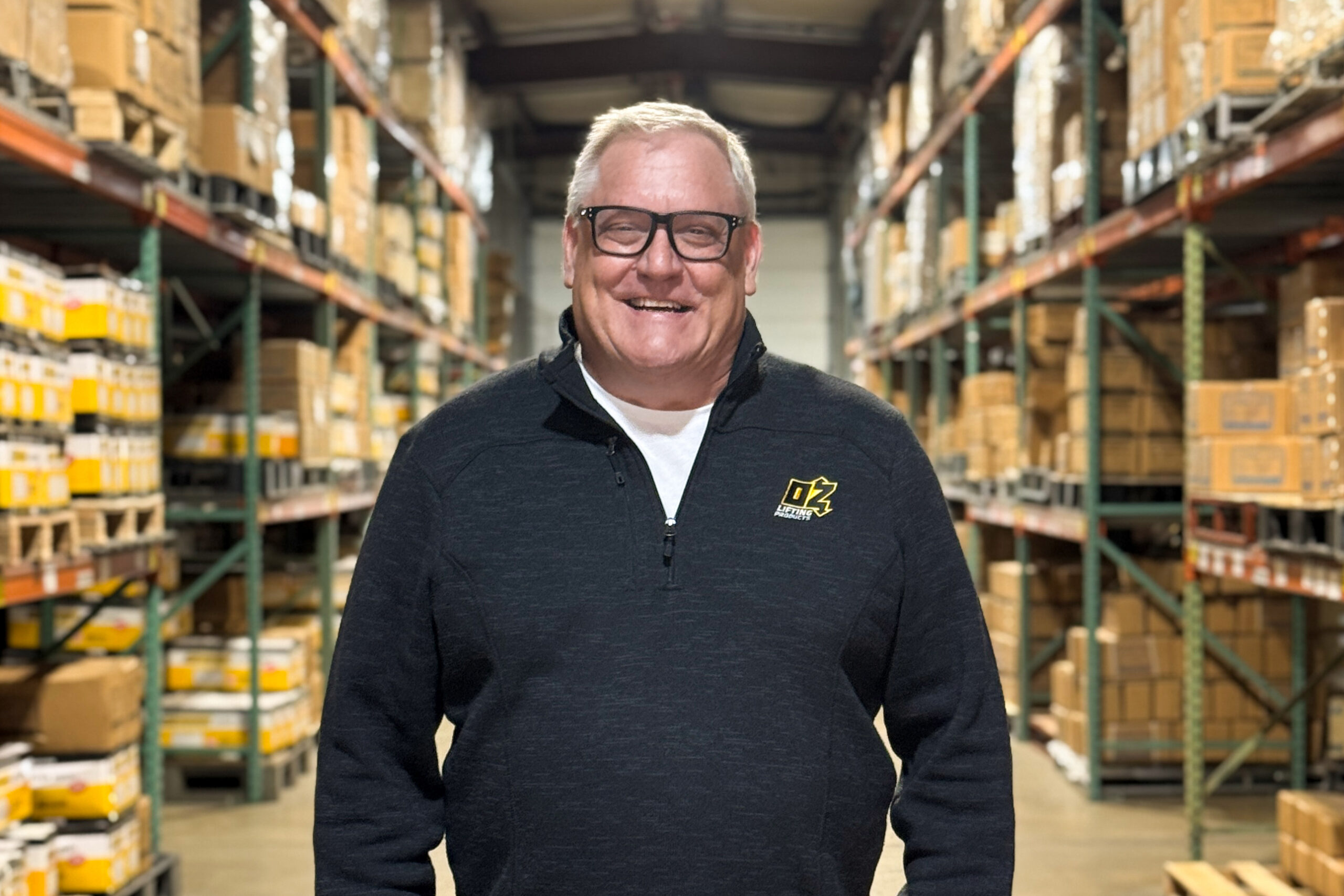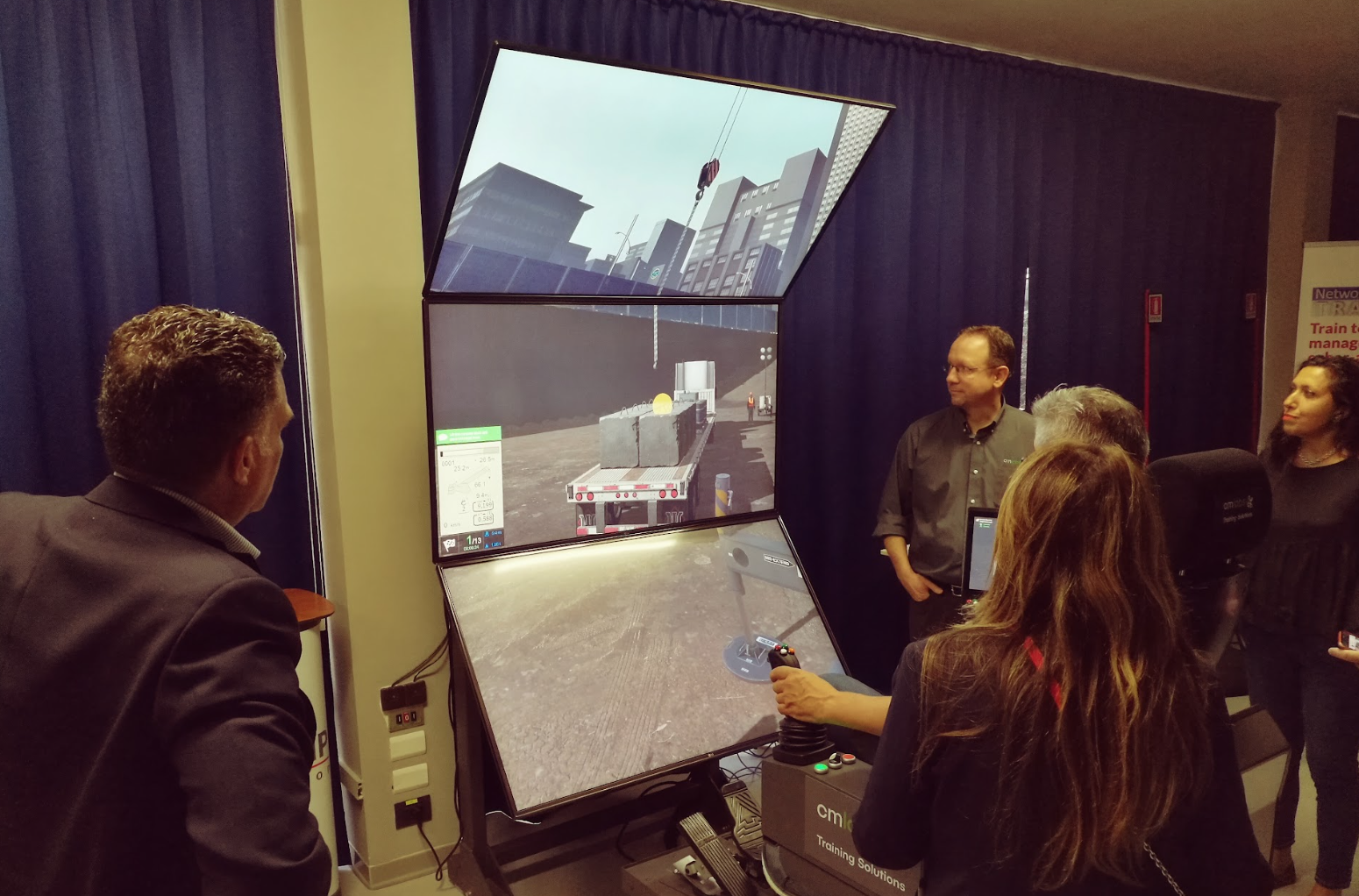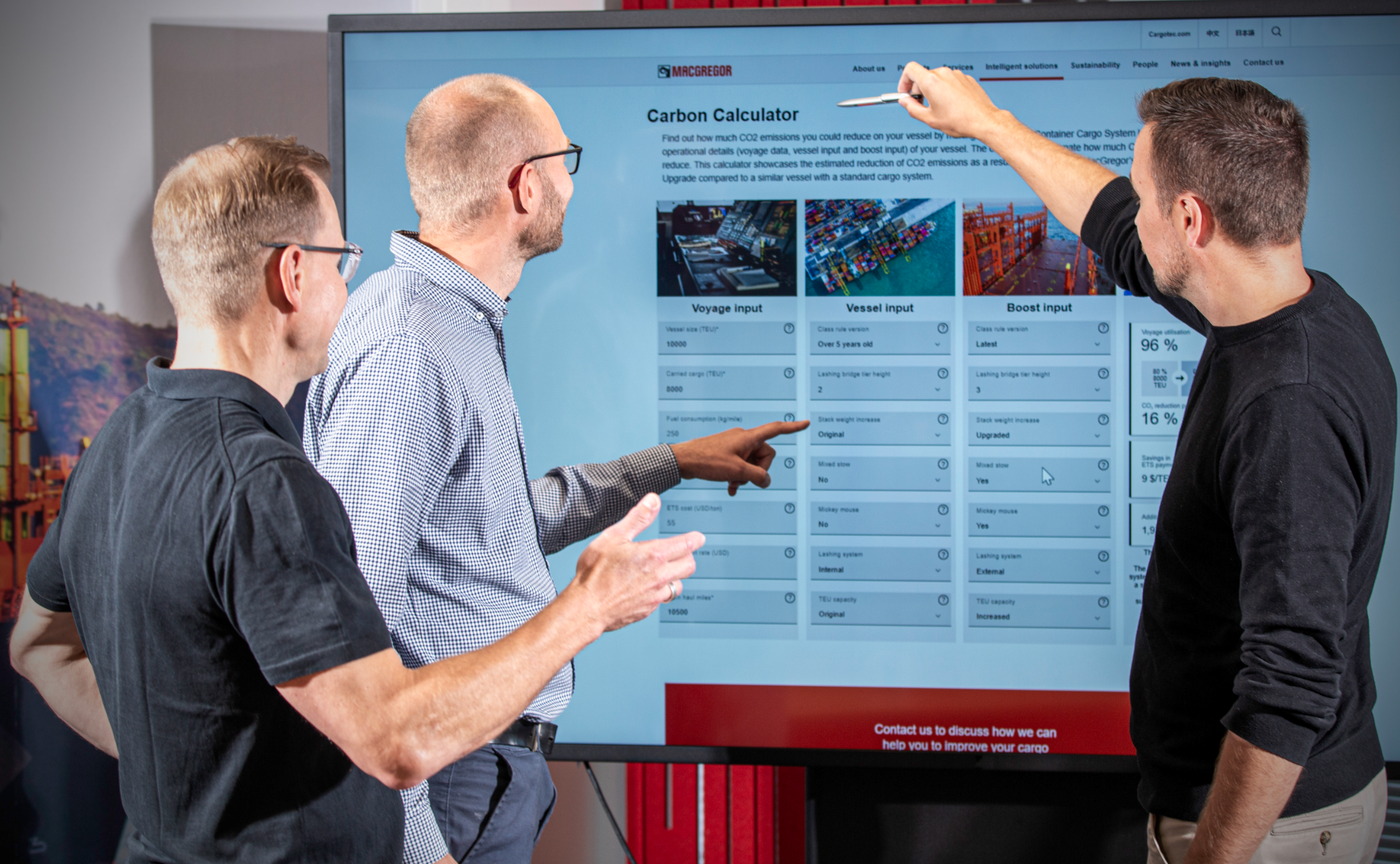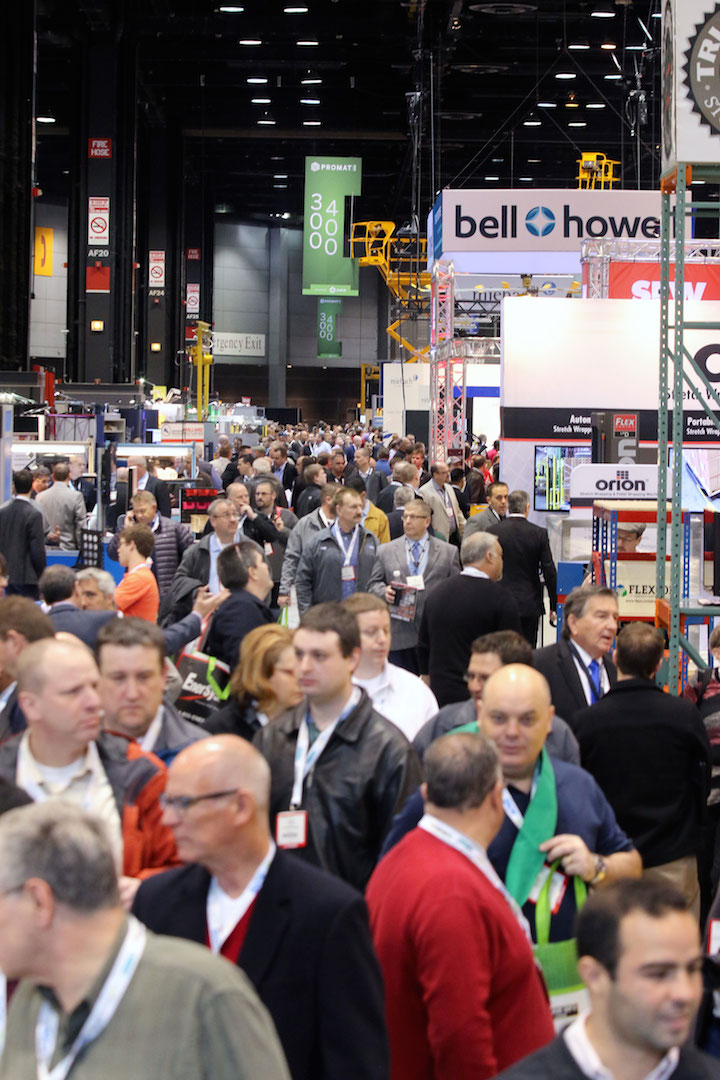Forklifts and People
Every year when OSHA reveals its top 10 safety violations, forklifts are among the worst offenders. It’s been that way for over a decade, and the number of accidents doesn’t decline much.
It’s possible that in a general warehouse, where there are good sight lines and good visibility, you rarely run into forklift-pedestrian conflict, but even in those good situations, it’s far too large a risk to ignore—the OSHA estimated total annual injury rate is pretty bleak, at more than 96,000 people. Of those, 62,000 weren’t considered serious and almost 35,000 serious. Combined with 85 fatalities, and you can see that the problem is persistent and hard to solve.
A near-majority of these OSHA-reported accidents (over 42%) involve pedestrians. This means that a critical focus should be on the interaction between forklifts and people afoot in an industrial facility—assembly techs, warehouse workers, order pickers, maintenance crews, and others.
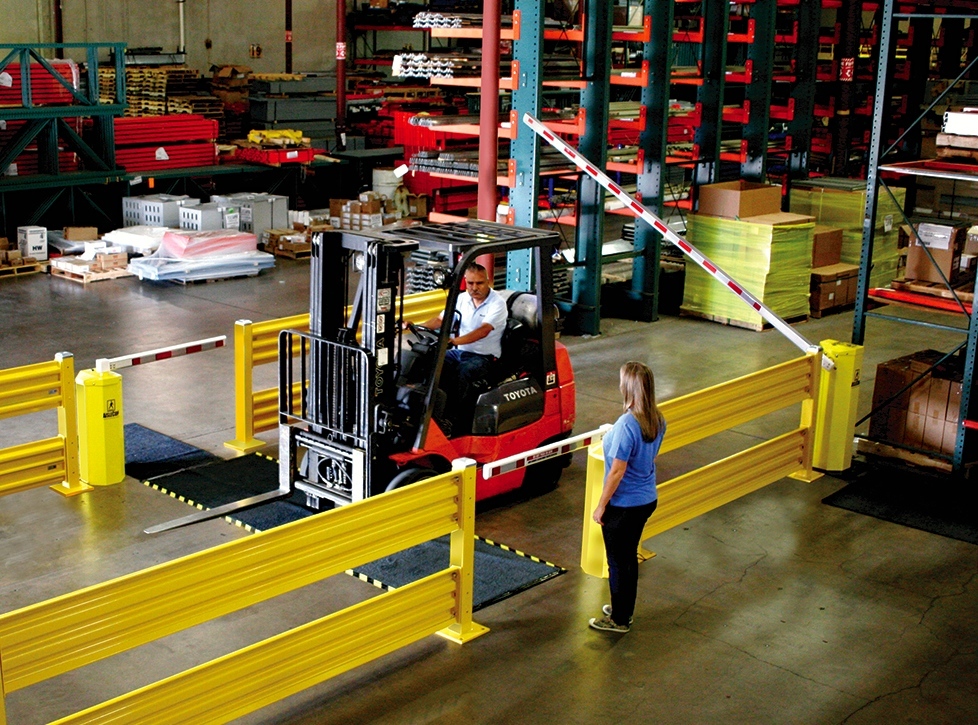
A critical focus should be on the interaction between forklifts and people afoot in an industrial facility—assembly techs, warehouse workers, order pickers, maintenance crews, and others.
The main thrust from regulatory agencies has been training. But is training enough?
I don’t dispute that you have to train, and that must refresh that training. That training shouldn’t end with the driver. People who work near forklifts are at risk and have the most to lose, so they should be trained as well. This includes not only everyday workers in a facility, but those who may enter the plant floor infrequently or visitors and temp workers.
Say we train and reinforce the training and we enforce our rules in the plant. Is it enough?
Not based on the numbers, and certainly not based on some plant visits I’ve had.
It’s likely that the same types of situations are generating most of these accidents—blind corners, areas with too much co-mingling of people and lift trucks, loading dock areas, cramped work cells, high-traffic zones, and places where people are picking from racks while forklifts use the same aisles.
Sometimes, training can be reinforced with the right technology and equipment.
- Separate people from traffic whenever you can. We call that elimination of mixed zones. There is no reason for your entire plant to allow people and forklifts to work in the same area. Eliminate as many of these places as you can.
- Minimize, shorten and re-route: Where you can’t flat-out eliminate mixed zones, you shorten these to the minimum possible. Re-route forklift traffic away from people afoot as much as possible.
- Erect physical barriers: When you can, don’t depend on paint lines that wear out and are easy to step or drive over. Install railing and bollards to separate people from forklift aisles. Systems with lift-out rails are available to make sure your lifts can enter other areas when needed, but still maintain “hard” separation.
- Enhance with technology: Sometimes all the rules and traffic management and railing still feels unsafe. Enhance it with today’s modern sensors and alarms.
You must train your workforce for safety around forklifts, but you must also realize when that training falls short and find ways to enhance it.
More resources on this issue can be found at www.cisco-eagle.com/safety, or in the following publications and articles:
- White Paper: Shared Space is a Dangerous Place
- How to justify forklift safety automation
- Cisco-Eagle blog articles on forklift safety



